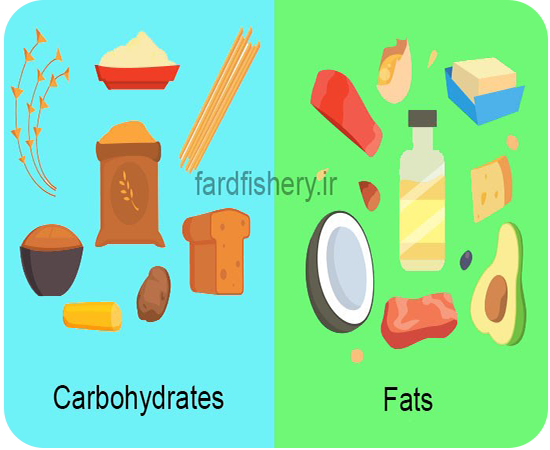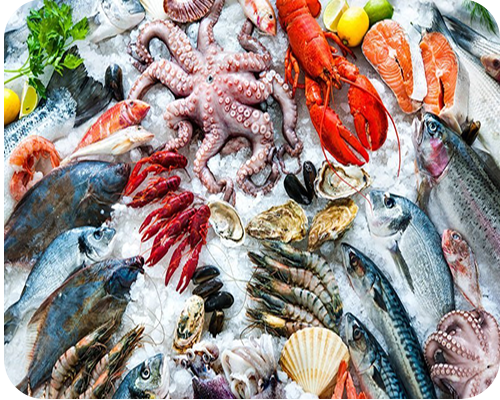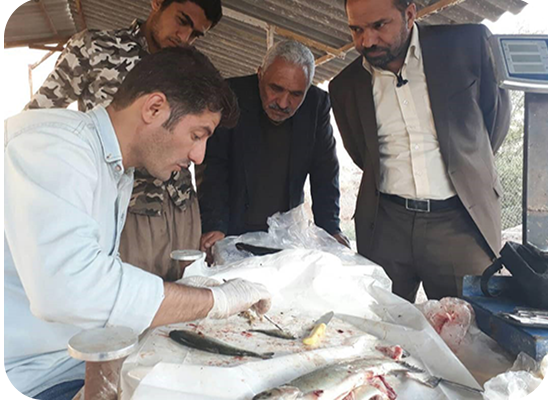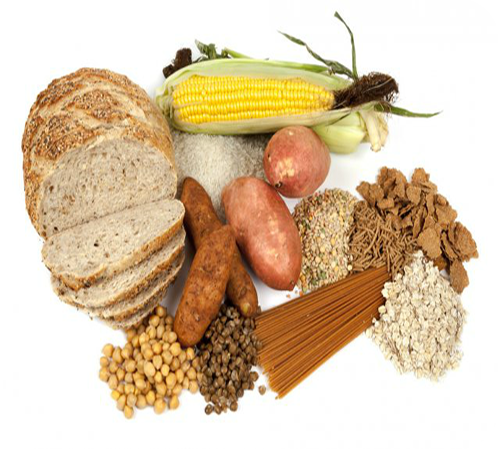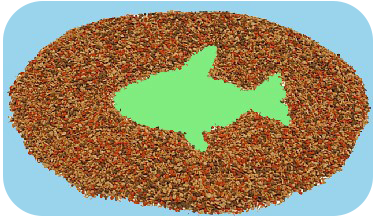Fats
Fats are excellent water-insoluble compounds found in animal and plant sources. In food chemistry, sometimes the words Fat / Lipid / Oil means fat.
Fats consist of building blocks called fatty acids, which are divided into four groups:
- Saturated fatty acids such as butyric acid and myristic acid
- Unsaturated fatty acids: Like oleic acid
- Some unsaturated fatty acids: such as arachidonic acid
- High unsaturated fatty acids: such as docosahexaenoic
Unsaturated fatty acids are essential and are divided into two groups:
- Omega 3 Series: Usually found in seafood such as fish oil or fish oil and shellfish.
- Omega 6 Series: Found in vegetable fats such as soy.
Fish and shrimp are not able to make omega 6s or 3s, so it should be included in their diet.
Can a diet be adjusted without using fish oil? Yes, provided that there is no conscience of production.
Some important tips:
1) Fish need more omega-3 fatty acids (compared to terrestrial animals)
2) The deficiency of essential fatty acids in saline water conditions is more significant than in freshwater conditions.
3) Crypt species require more omega-3 fatty acids than warm-water species.
4) Shrimps need omega-3s and the ratio of omega-6 to 3 in their diets should be respected.
The fat requirement is 10% to 12% for coldwater fish and 6% for shrimp, which increases with the accumulation in the liver, causing fish to lose weight.
Symptoms of Essential Fatty Acids Deficiency in Fish:
1) Poor growth 2) abnormal color 3) caudal fin rot
4) Liver swelling 5) Reduce red blood cell volume 6) Increase food conversion ratio
One of the good feed features is the simultaneous use of Omega 3 and 6 sources, which are soybean oil and fish oil available from most aquatic feed factories.
Occasionally seen in some aquaculture feedstuffs, they can eliminate the use of fish oil and reduce the amount of dietary fat needed from meat meal and poultry meal in Ali because they can use animal protein sources at a very reasonable price. Specifically for the squirrels, we want to know how big a betrayal it is to the fish and its consumers.
Carbohydrates are the third source of energy in the diet:
Carbohydrates include:
1) Starch 2) Sugars 3) Cellulose
Gums, which are made up of carbon, hydrogen, and oxygen, are often the cheapest source of energy in the aquatic diet.
Aquatic feed factories use carbohydrate sources for the following reasons:
1) Cheap energy source
2) As a natural binder in the diet
3) Edible
Two important points in dieting:
- The simpler the carbohydrates are in fish, the more digestive power is found, but in shrimp the exact opposite.
- Hot water fish have more power to consume carbohydrates than cold water fish.
Unfortunately, we add wheat flour to the diet wherever we can in the production of coldwater feed.
One of the cases that is unfortunately found in some aquaculture feedstuffs, especially when producing coldwater fish feed, is the excessive use of carbohydrate sources such as wheat flour to create adhesion and lower final cost for the preparation of these diets, which can lead to false satiety in these fish.
What is a false satiety?
False satiety is one of the major complications of carbohydrates in the aquatic diet. As you know carbohydrates are used as fillers in aquatic diets, over-consumption of carbohydrate sources causes fish to consume all their nutrients, including proteins, fats, minerals and vitamins, before consuming them. The ration should be filled and no longer desire food, which is called false satiation.
Dear Companions So far, we have discussed a range of aquatic dietary energy sources including proteins, fats, and carbohydrates. Follow us on introducing non-energy sources of aquatic rations.

